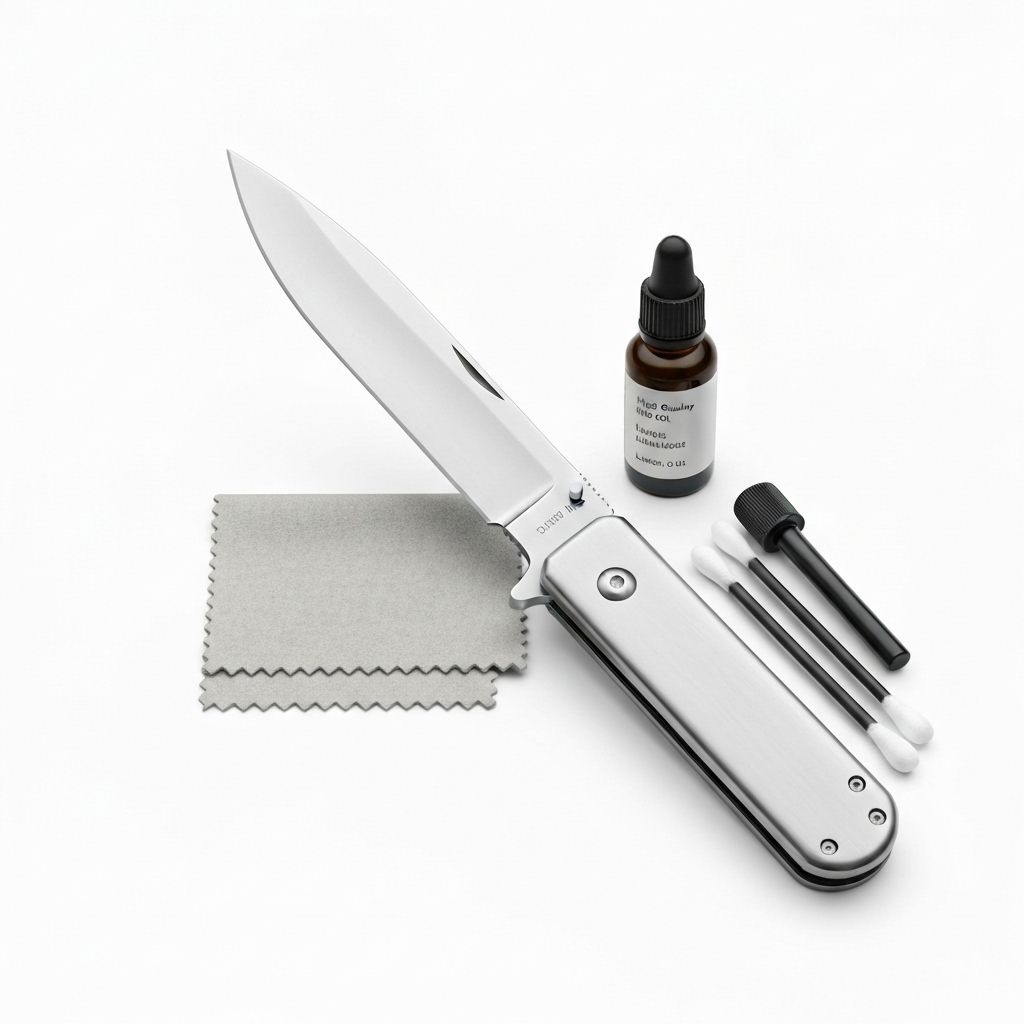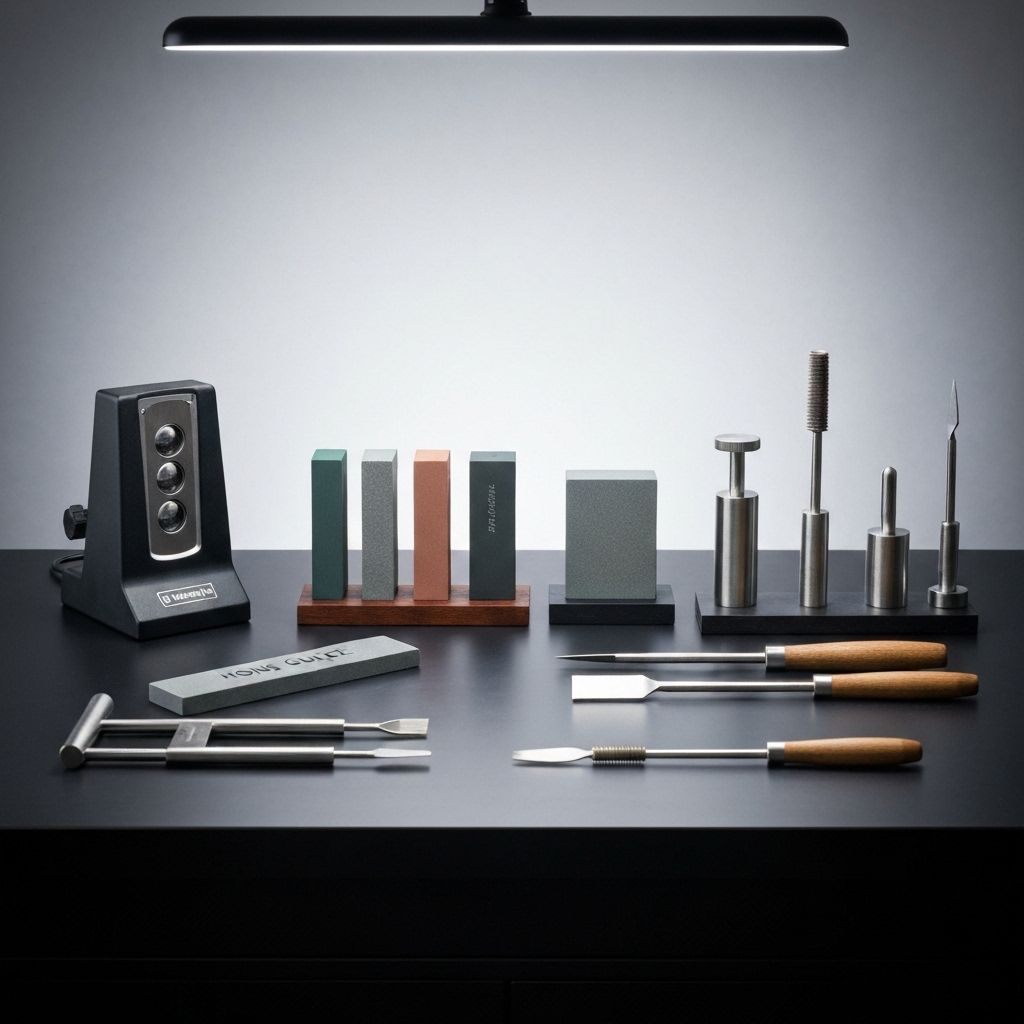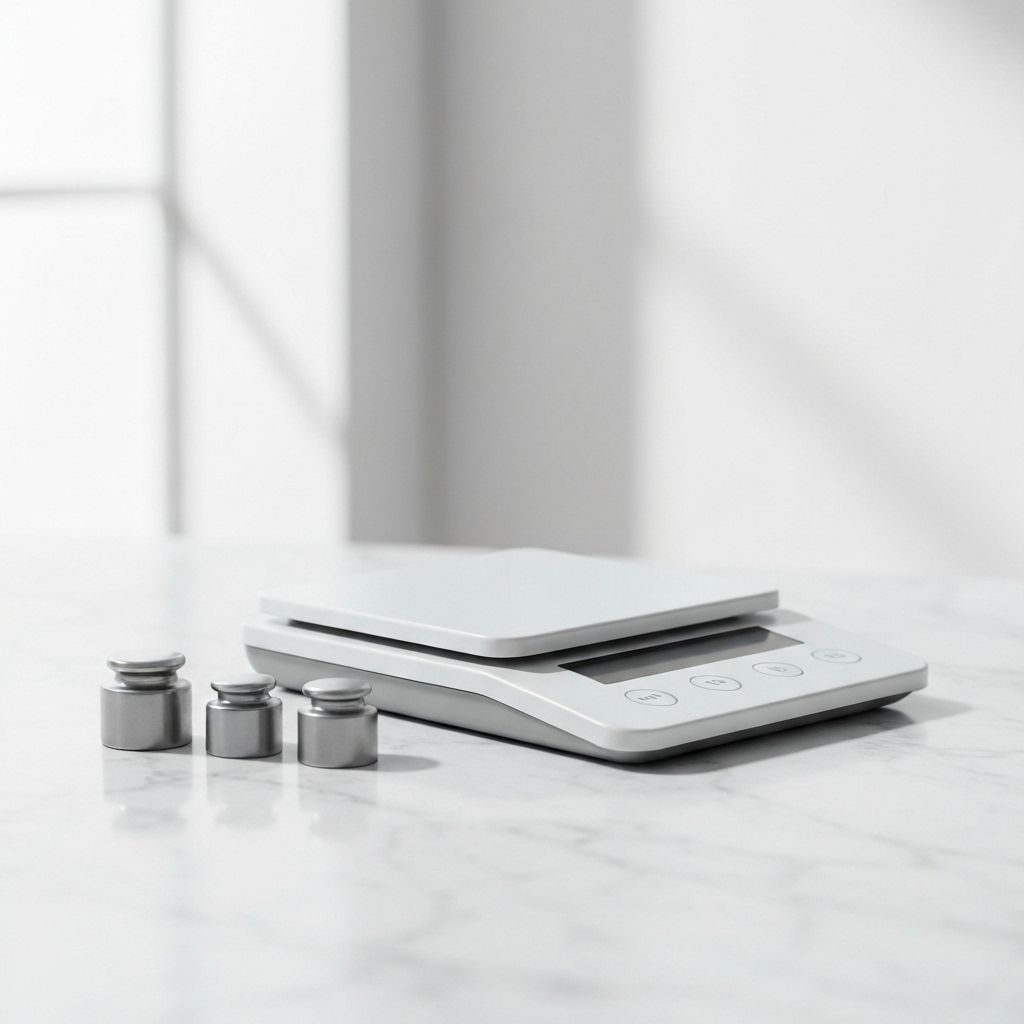Pocket Knife Maintenance: Complete Cleaning and Oiling Guide
Master the essential maintenance techniques that keep your pocket knife functioning smoothly and prevent rust for decades of reliable service.
- Answer the main question in one sentence.
- Give the best pick and why in one line.
- Link to the product or guide for next step.

Pocket knife maintenance separates tools that last decades from those that fail within years. Regular cleaning, proper lubrication, and rust prevention protocols ensure reliable performance regardless of use intensity or environmental conditions.
Cleaning frequency depends on use patterns. Daily carry knives benefit from weekly cleaning to remove accumulated pocket lint, skin oils, and environmental contaminants. After exposure to moisture, salt, or acidic substances, immediate cleaning prevents corrosion before it starts.
For basic cleaning without disassembly, open the blade fully and wipe all surfaces with a lint-free cloth dampened with rubbing alcohol. Cotton swabs reach pivot areas and lock mechanisms where debris accumulates. Compressed air blasts lint from crevices that swabs can't reach. This quick process takes five minutes and prevents most maintenance issues.
Deep cleaning requires disassembly, though this may void warranties on some knives. Use correct Torx drivers (typically T6 or T8) to avoid stripping screws. Photograph the knife before disassembly to document washer and bearing placement. Clean all components with rubbing alcohol, paying special attention to the pivot area where old lubricant accumulates grit.
Lubrication maintains smooth deployment and prevents wear. Apply one drop of knife-specific lubricant to each side of the pivot after cleaning. Work the blade through its full range of motion to distribute lubricant evenly. Excess lubricant attracts dirt, so wipe away any visible residue. Quality knife lubricants like KPL or Nano-Oil outperform general-purpose oils by providing superior protection without attracting contaminants.
Rust prevention starts with understanding that even stainless steel can corrode. The "stainless" designation means rust-resistant, not rust-proof. After wet use or exposure to humidity, dry the knife thoroughly and apply a thin coat of lubricant to the blade. This protective layer prevents moisture contact with steel surfaces.
For carbon steel blades, develop a protective patina through use. This natural oxidation layer actually protects against deeper corrosion. Avoid removing patina unless rust appears underneath. If rust develops, remove it immediately with fine steel wool or rust eraser, then oil the blade to prevent recurrence.
// RELATED_ARTICLES

Precision Maintenance: Caring for Your High-Carbon Steel Knives
A comprehensive guide to maintaining the performance and appearance of your precision cutlery.

Maintaining Precision: Scale Calibration and Care Protocols
Ensure your precision instruments maintain laboratory-grade accuracy with proper calibration and maintenance.